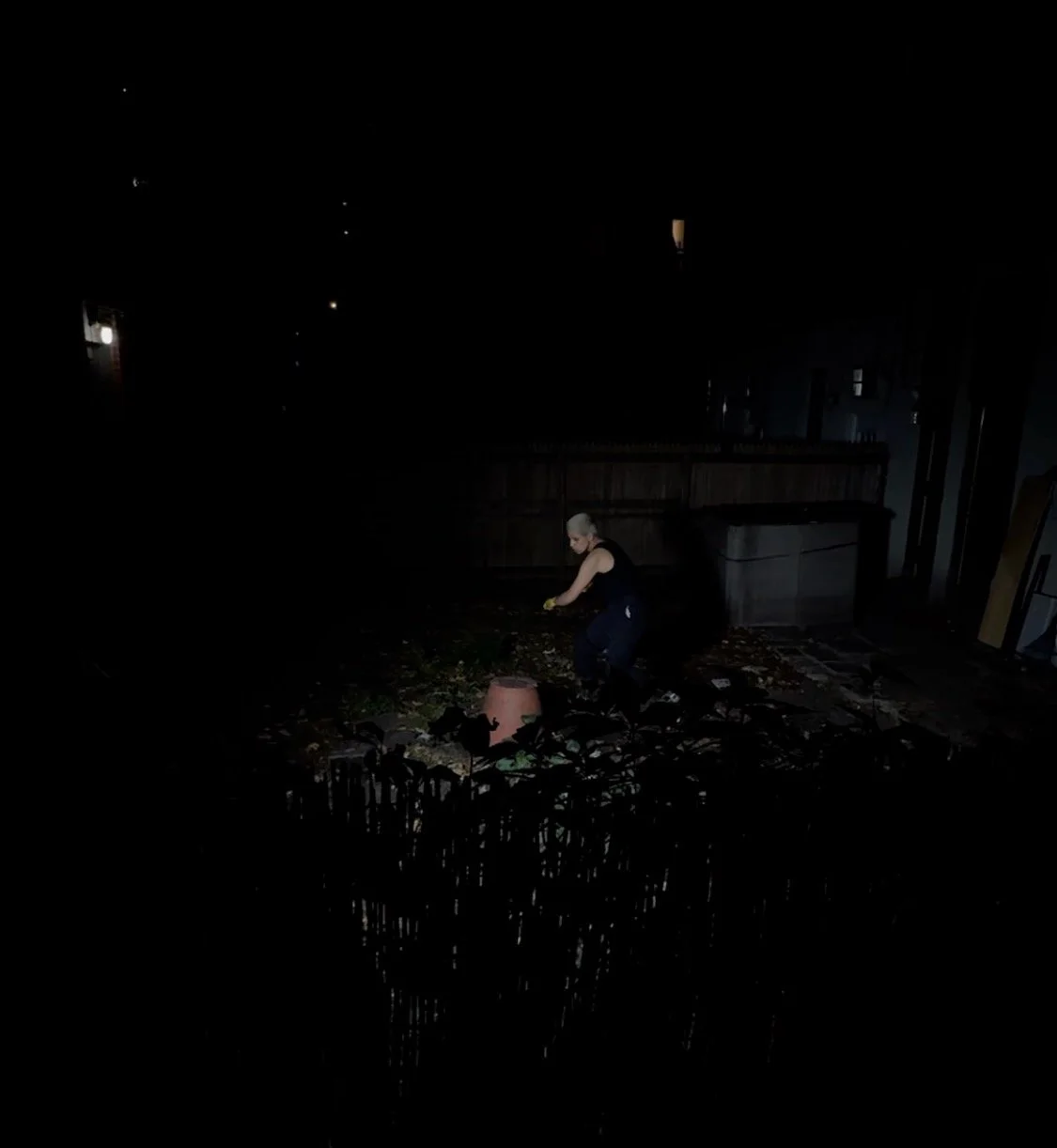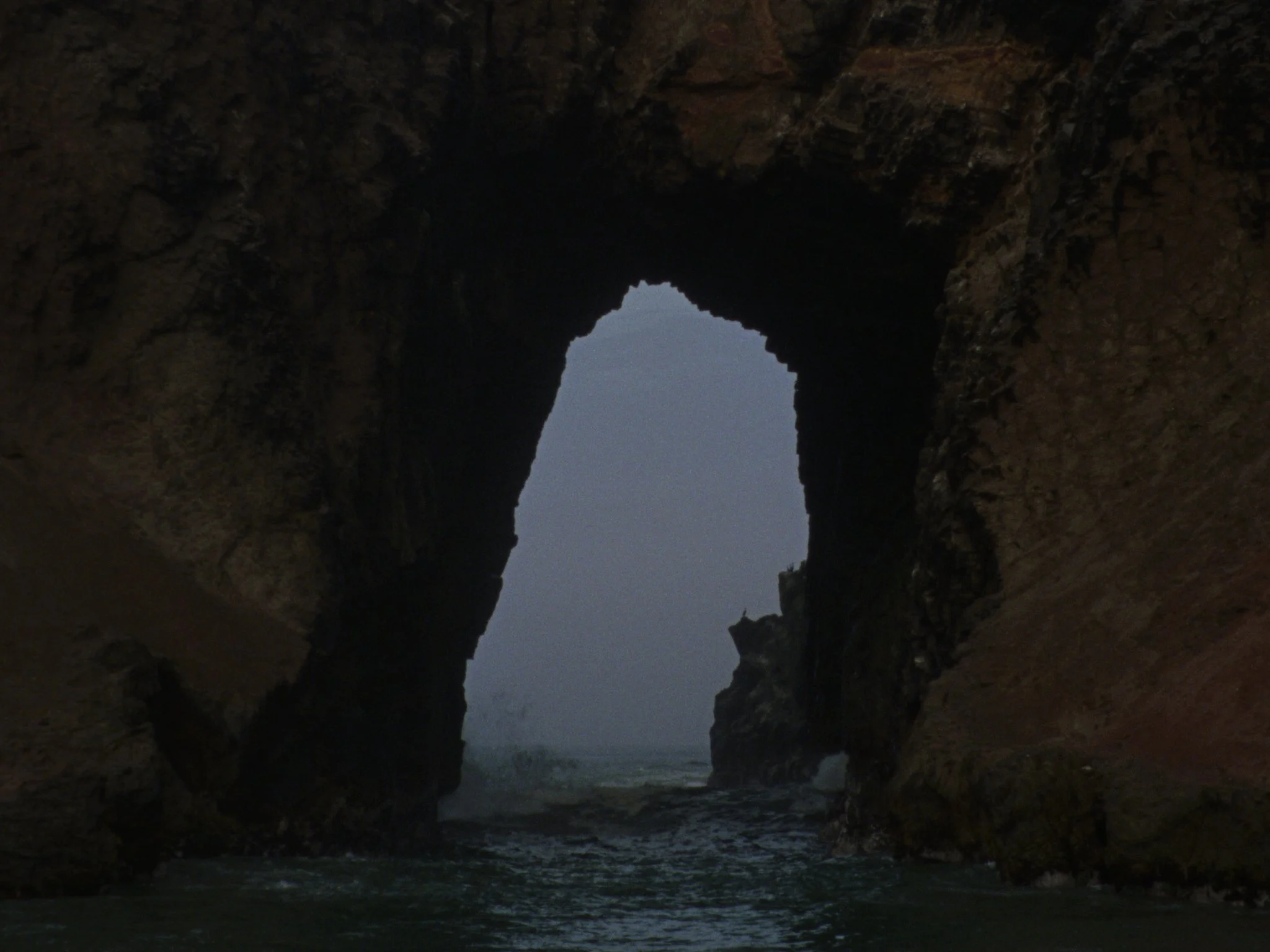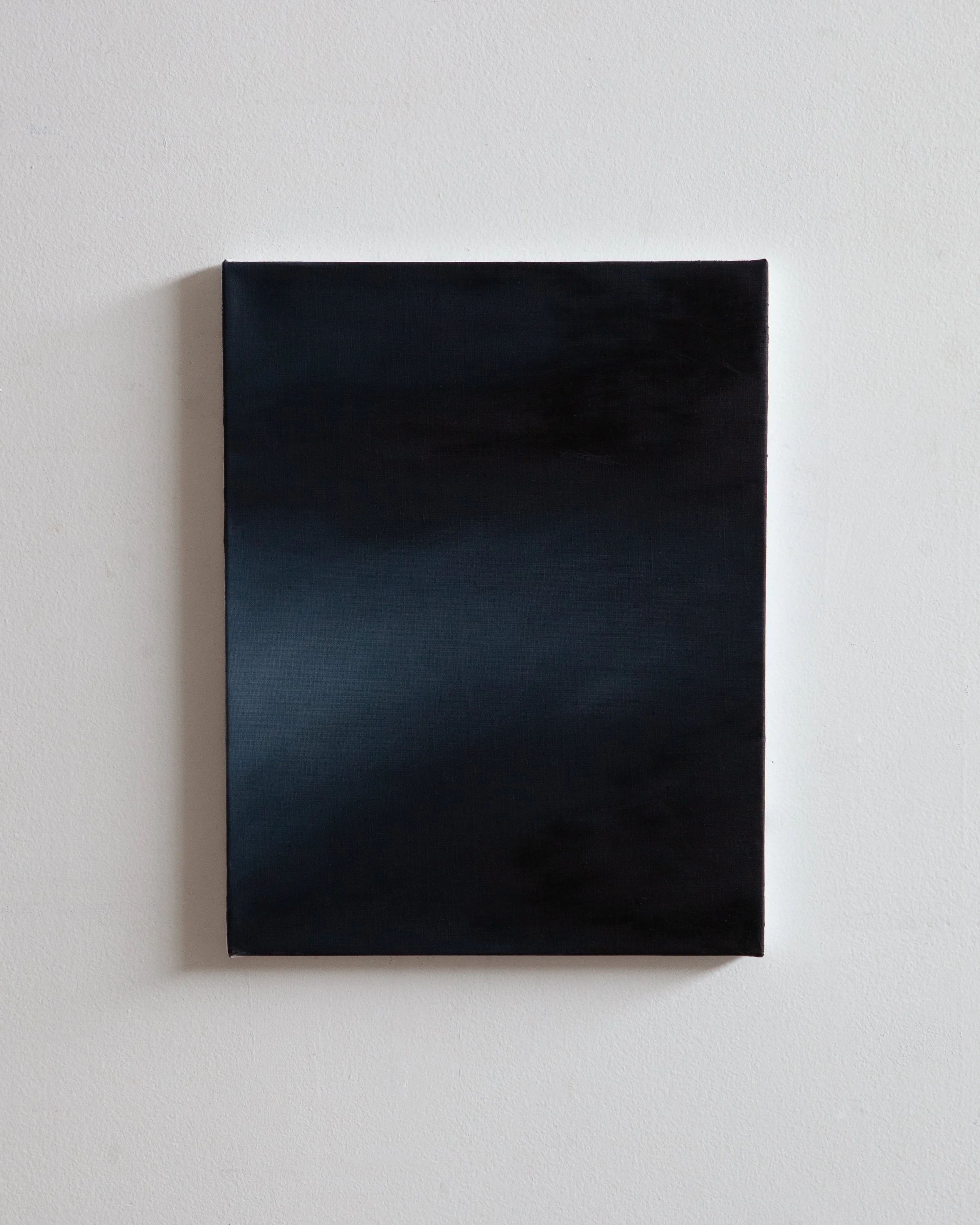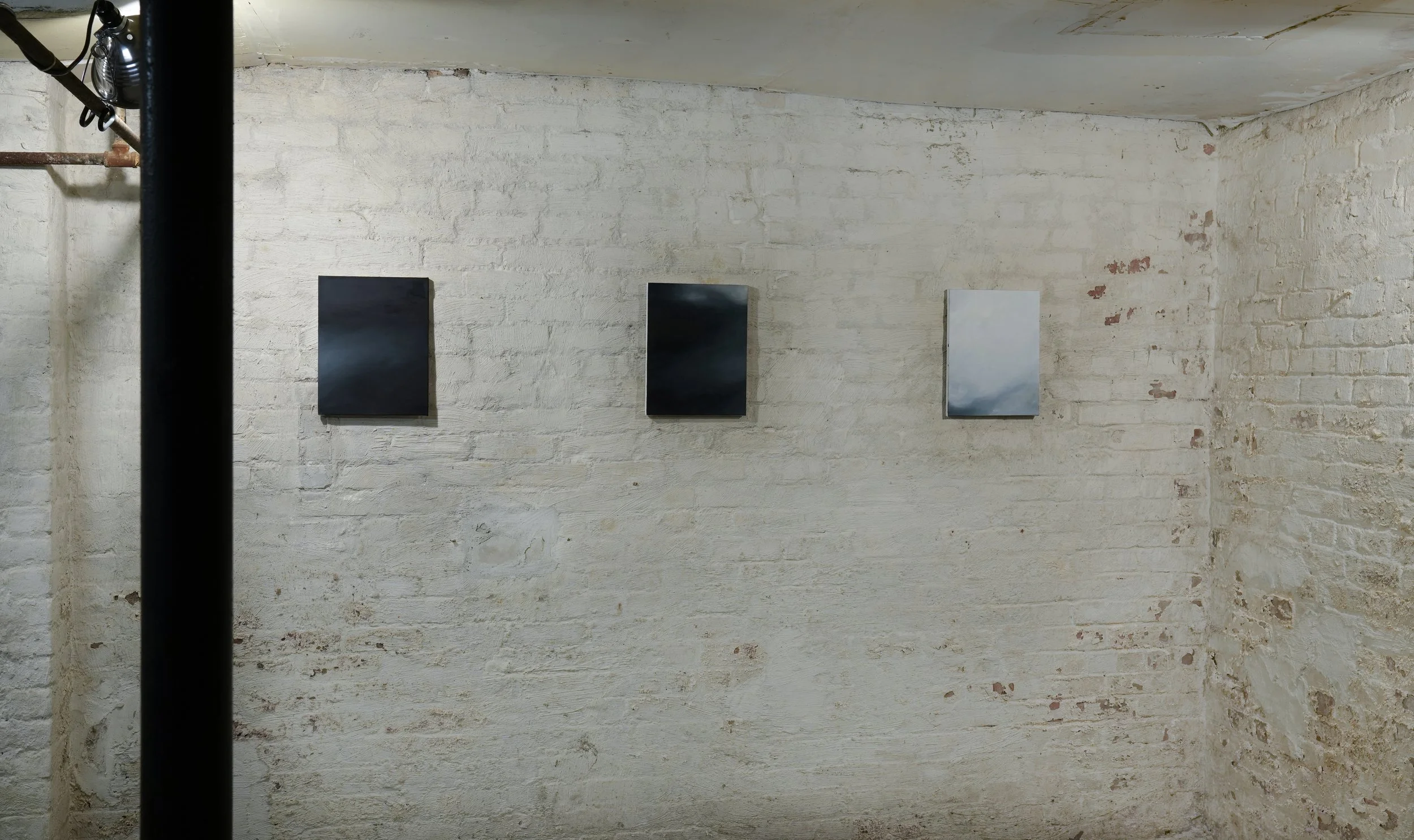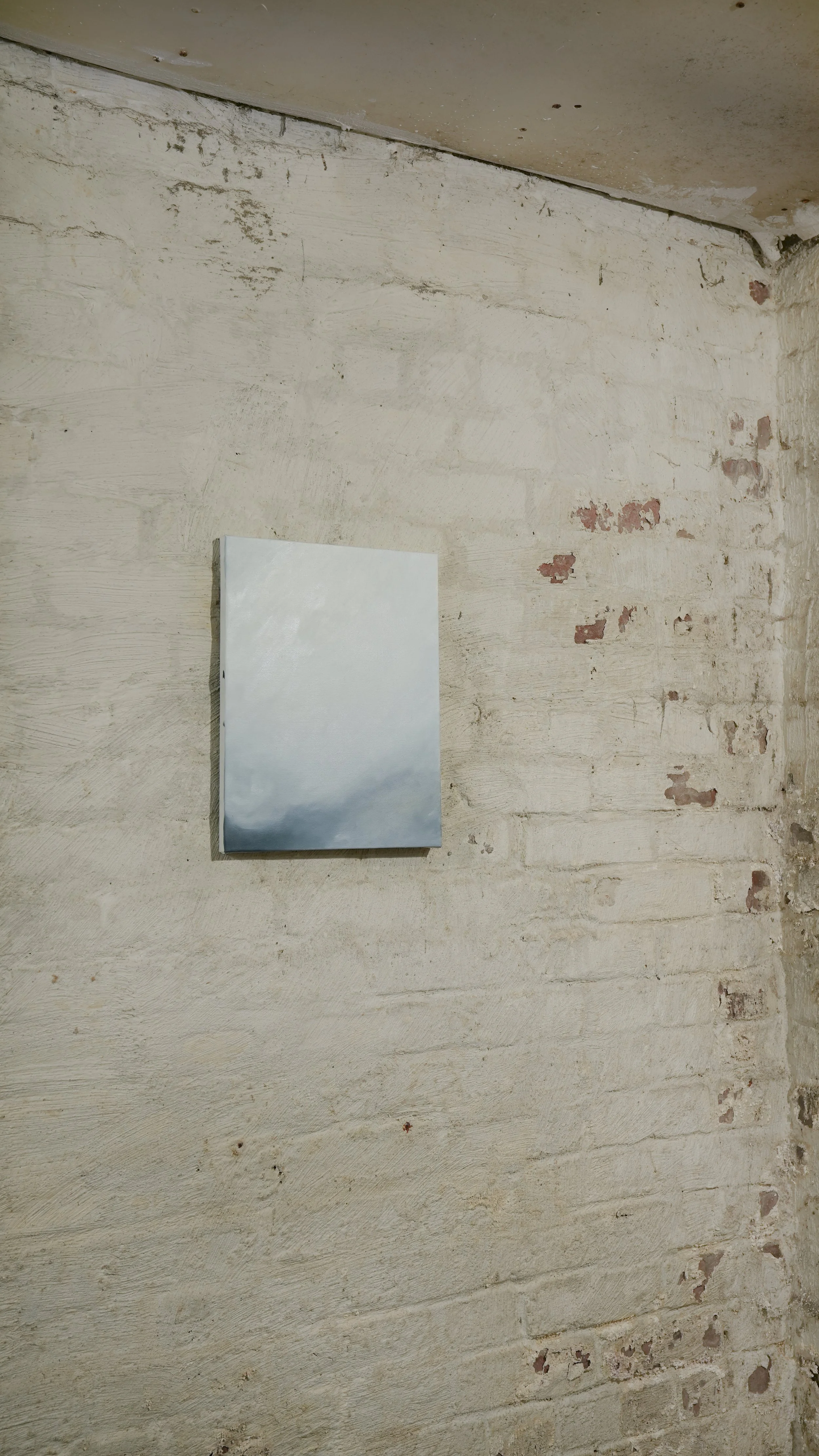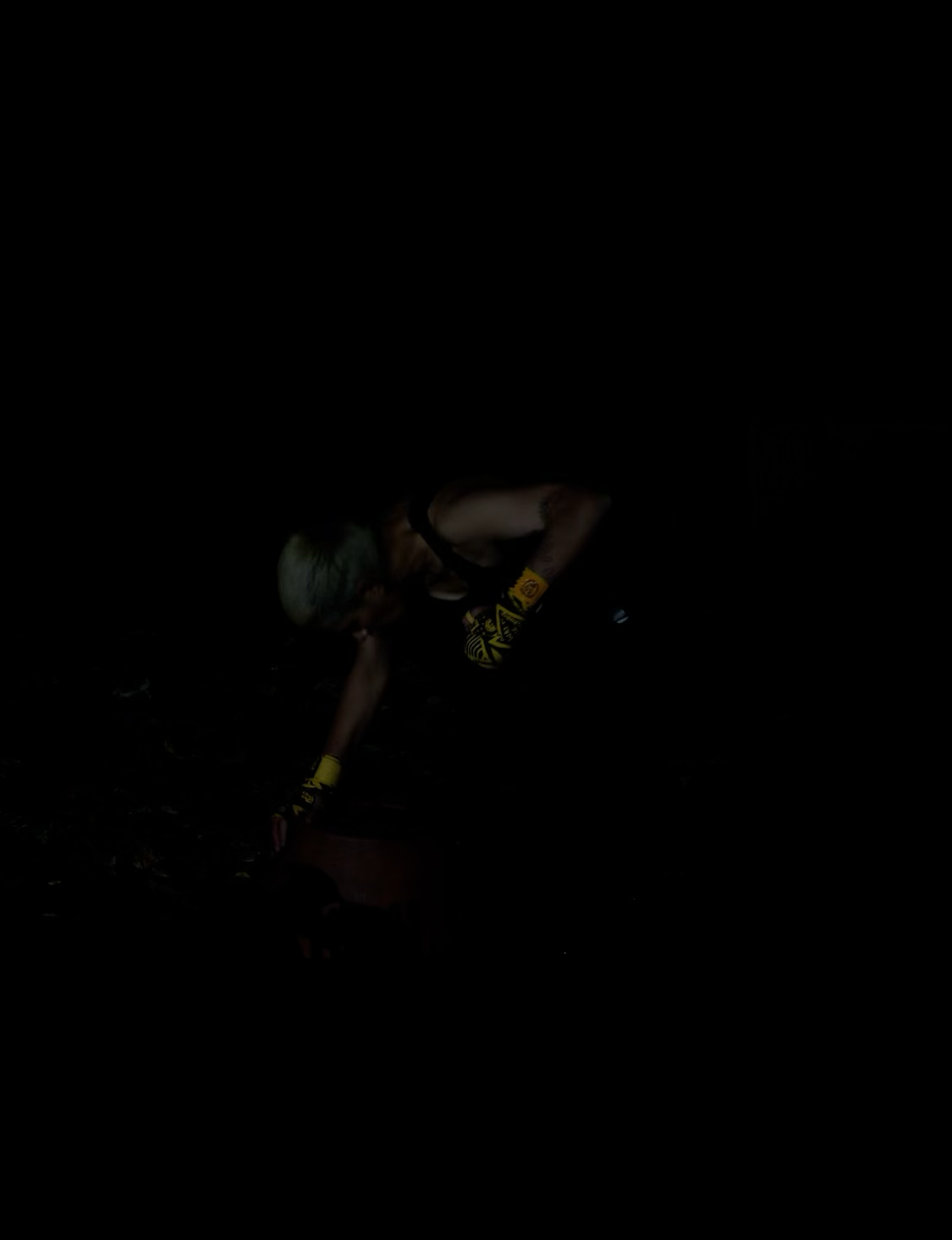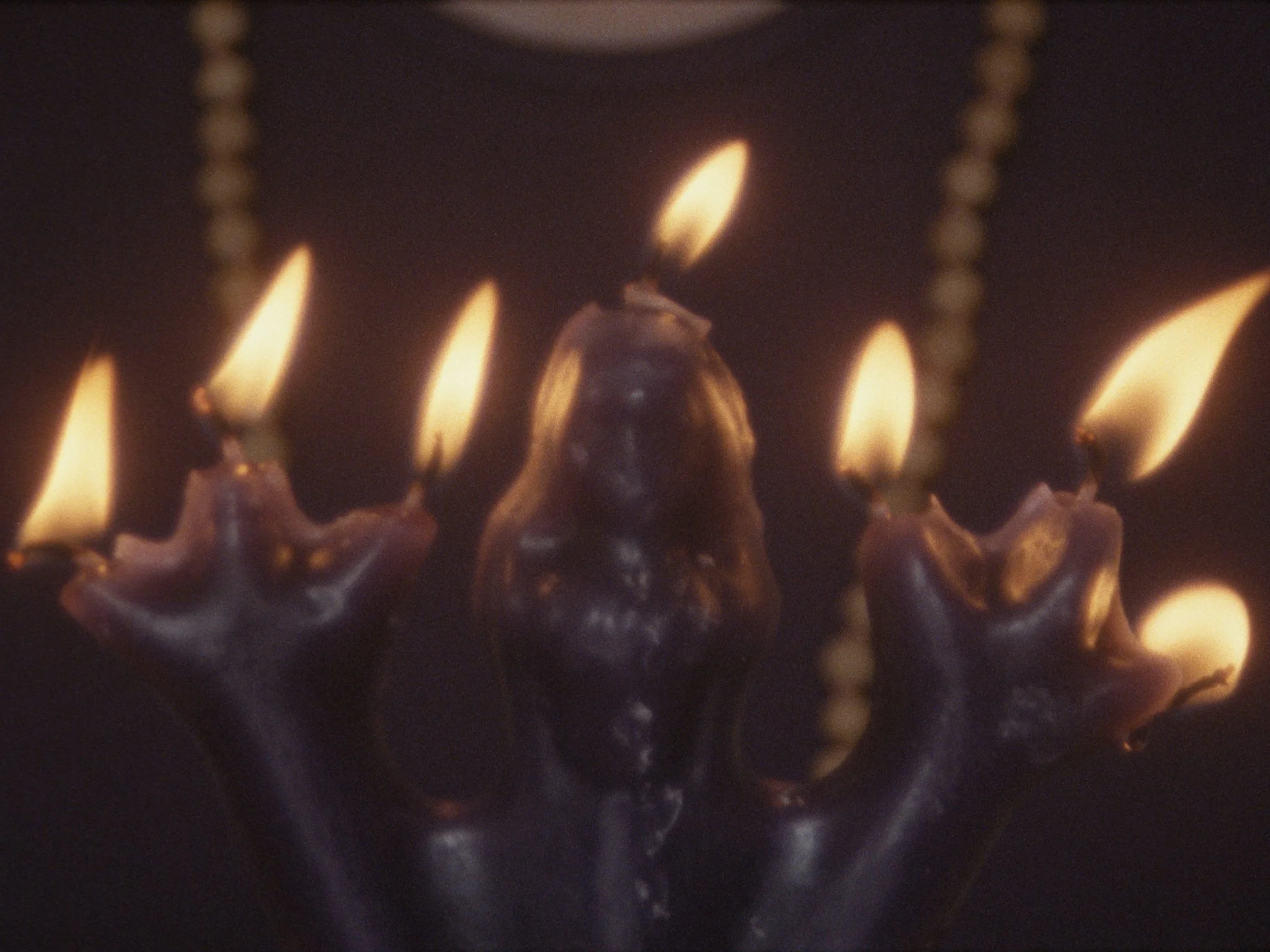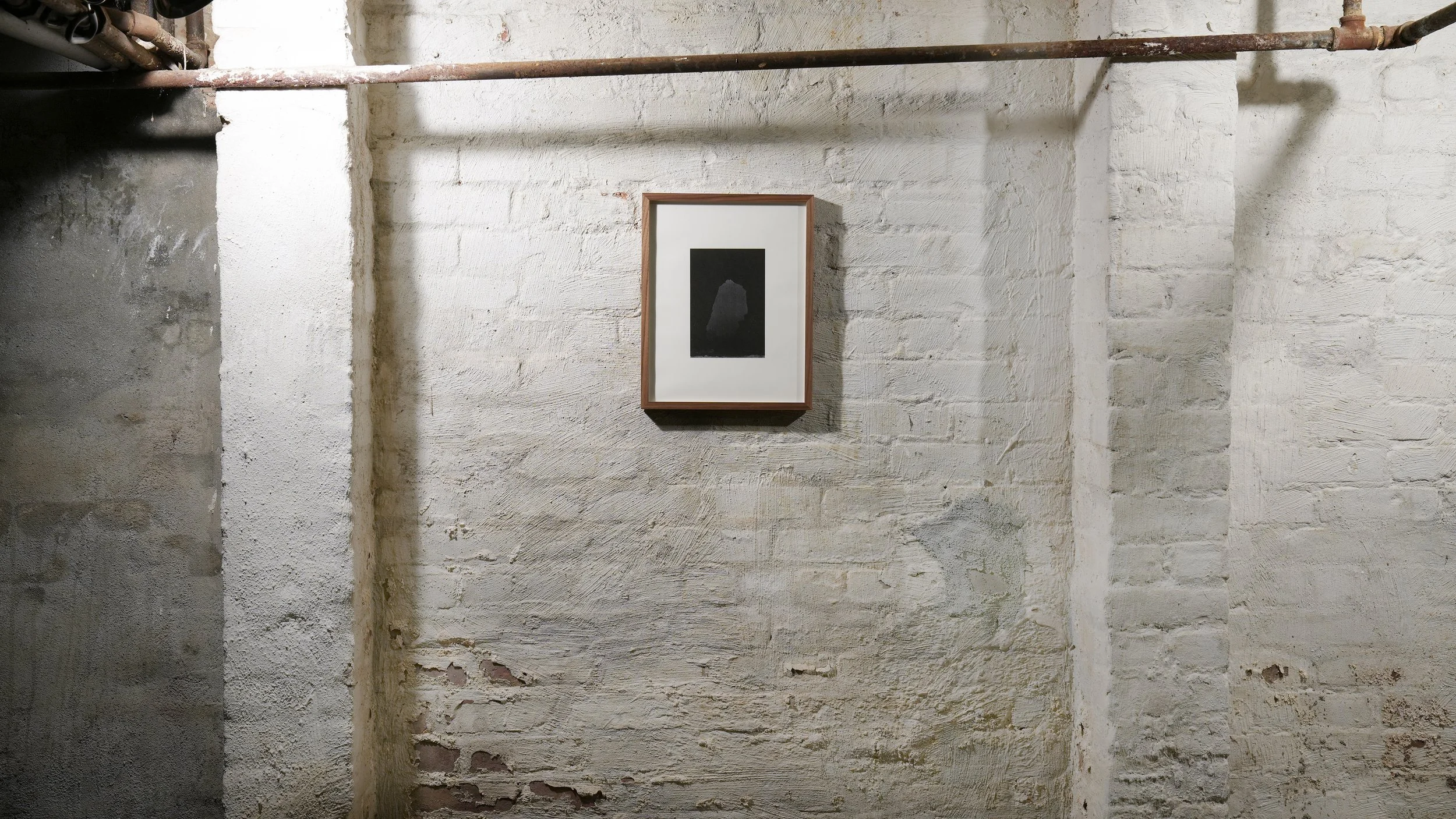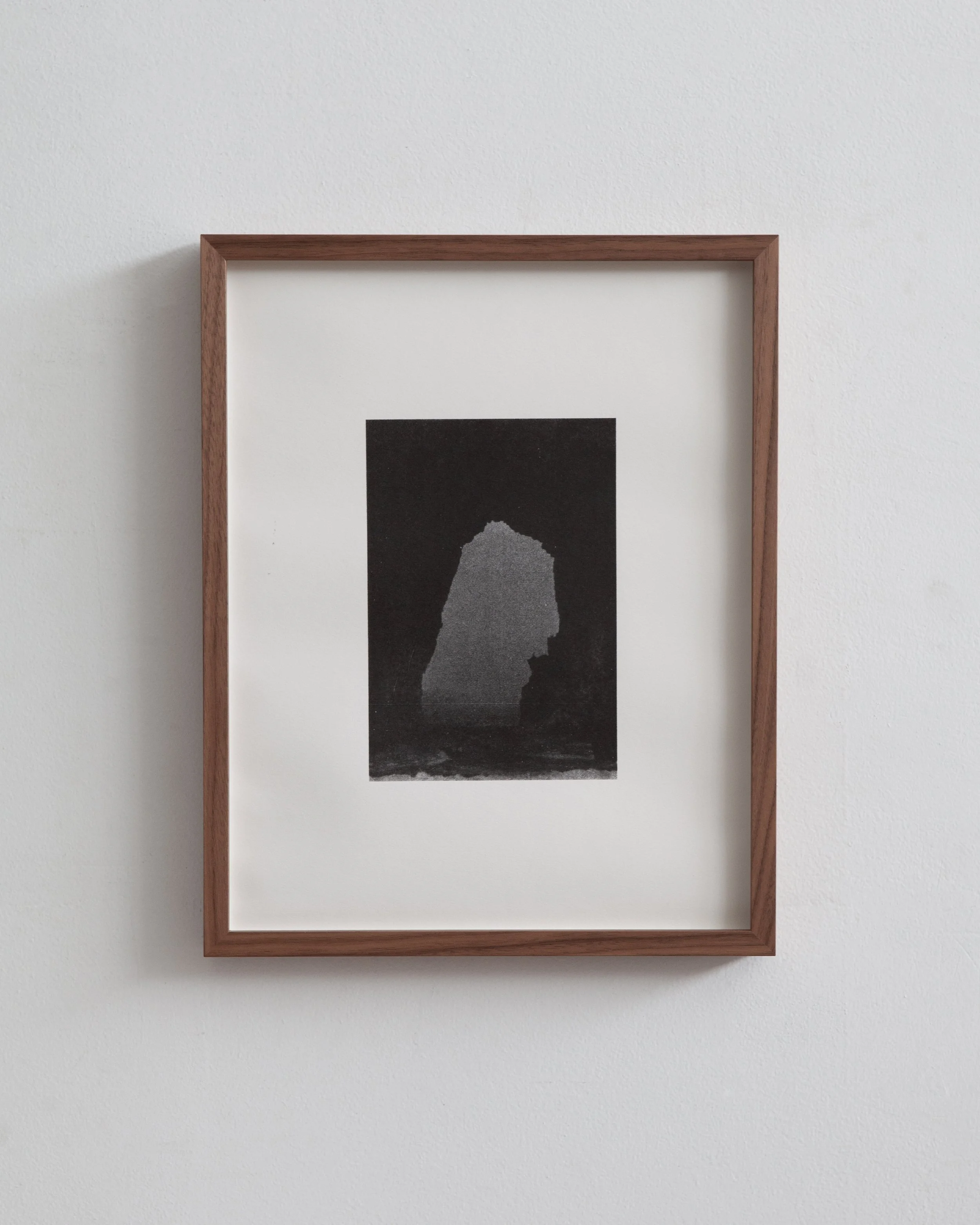RITUAL STUDIES I
ANDREA FRANCO & MARIA DE VICTORIA
November 2—22, 202
In both her paintings and her films, Andrea Franco is drawn to moments of muted action, capturing subliminal movement. Though her subjects have a calming veneer, you can sense there is a whole world beneath the surface; in the air, in the ocean, in the earth. A print of a photo she took underwater on a disposable camera returns again and again in her work, the paintings reflect the study of the one image honing in on certain corners of the print. Becoming abstracted, hardly legible as images of water, the paintings become more mysterious and enigmatic abstracted into pure color, gesture, and material while managing to capture the complexity of their source. The works have a kind of ambient tone — constant and steady but slowly transforming their shape.
The paintings’ ambience lead the viewer’s gaze into the subtle movement of the cinematic images of Franco’s film Huq'ariy v1. Shot on 16mm between California and the artist’s home country of Peru, the film merges the coasts of the Pacific Ocean. Interwoven with footage of this landscape is a cinematic portrait of Elsa, a healer from northern Peru who the artist has befriended. Franco’s camera slowly pans or remains fixed on expansive landscapes of sea, sky and mountains. She often peers through naturally formed portals in rock formations or breaks in the clouds. In turn these shots where the landscape becomes abstracted, are broken up by color and rhythm.
Performance artist Maria de Victoria’s will perform Kachariy, a rendition of Peruvian festival tradition of Takanakuy. The tradition happens around Christmastime when community members settle the year’s conflicts – from property disputes to family quarrels – through hand-to-hand combat. In her performances, De Victoria often subjects both her body and mind under an intense process of enduring a kind of struggle or pressure, forcing herself to evolve. De Victoria’s work addresses themes of migration, labor, and the conditions of contemporary art through conceptual projects and performance that actively involve the audience.
Franco and de Victoria’s works are titled in Quechua: Huq'ariy means to rise up or elevate and Kachariy means to let go or release. Though the works have slightly opposed meanings both artists find themselves drawn to notions of transformation. Elsa often references elevation in relation to her work, that its purpose is to connect things from the physical plane to the spiritual. In a way this might also be the function of art, of image making, a kind of elevation on the part of the artist leading to some intangible world.
by Gracie Hadland
Andrea Franco (b. 1981, Lima, Peru) is a visual artist and filmmaker based in Los Angeles. Her work has exhibited at the Guggenheim Museum, Flaherty Seminar NYC, Museum of the Moving Image NY, BAFICI, Museo de Arte de Lima, Los Angeles Contemporary Exhibitions, Zinebi Bilbao, Matadero Madrid, REDCAT, Festival de Cine de Lima, Santiago International Film Festival, Cineteca Nacional de Mexico, Museo Metropolitano de Lima, among other venues and film festivals. Recent exhibitions include: Azul Distante, Vigil Gonzales (2020); Entre Planos, Vigil Gonzales (2019); Ism, Ism, Ism: Experimental Cinema in Latin America, Pacific Standard Time (2017).
Maria de Victoria (b. 1980, Lima, Peru), is an artist living and working in New York City. Her performance work aims to create visual vocabulary that captures the components that constitute the new American dream, such as competition, consumerism, consumption, and a disregard for consequence. She began exploring clay in the year leading up to her son’s birth, and has continued to work with it over the past six years.
Press Release & List of Works - DOWNLOAD CHECKLIST

